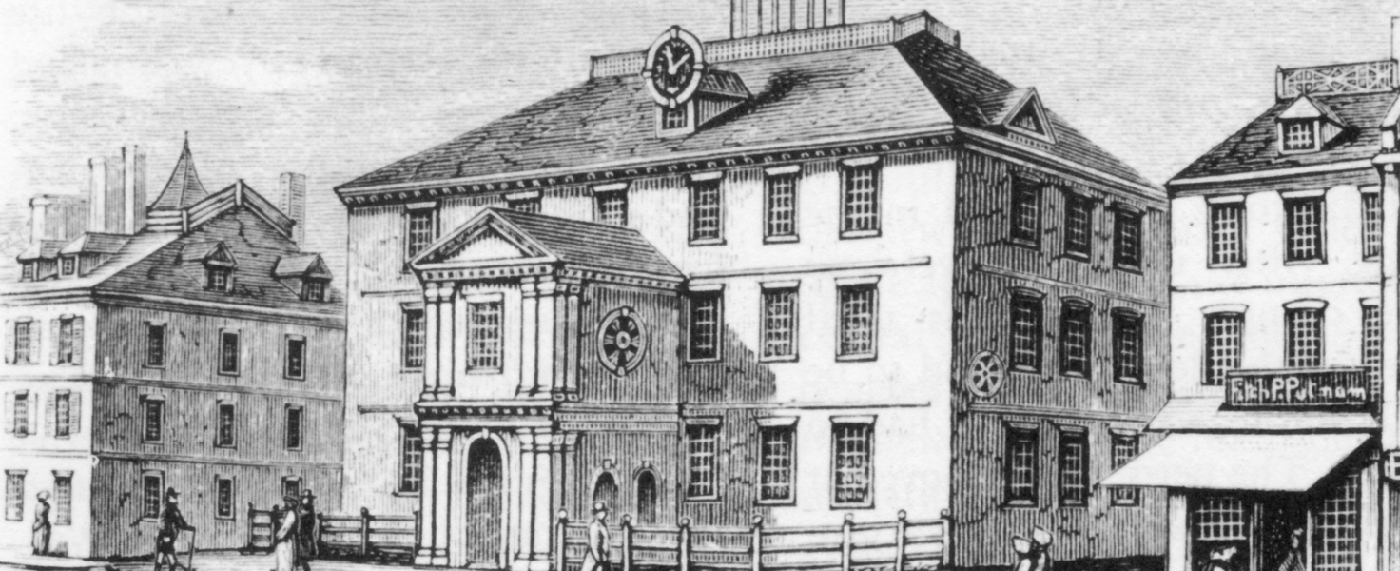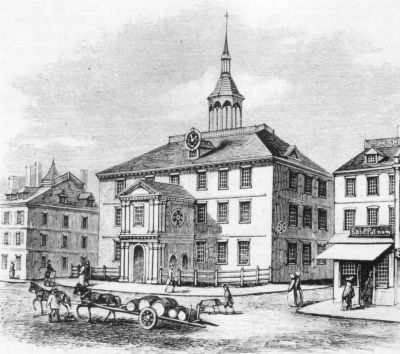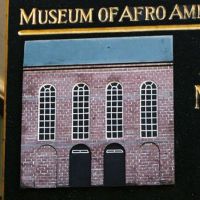Primary Source
The Reverend J.S. Popkins described the meetinghouse in Newbury, Massachusetts, which was completed in 1700.
The body was filled with long seats. Contiguous to the wall were twenty pews. The spaces for the pews were granted to particular persons who appear to have been principals. Before the pulpit and deacons' seat was a large pew containing a table where sat the chiefs of the fathers. The young people sat in the upper gallery, and the children on a seat in the alley fixed to the outside of the pews. The floor measured 60 feet by 50 feet. The roof was constructed with four gable ends or projections, one on each side, each containing a large window which gave light to the upper galleries. The turret was on the center. The space within was open to the roof, where was visible plenty of timber with great needles and little needles pointing downward which served at once for strength and ornament. There were many ornaments of antique sculpture and wainscot. It was a stately building in the day of it.
Quoted in Meeting House & Churches in Early New England, by Edmund W. Sinnott (McGraw-Hill, 1963).







